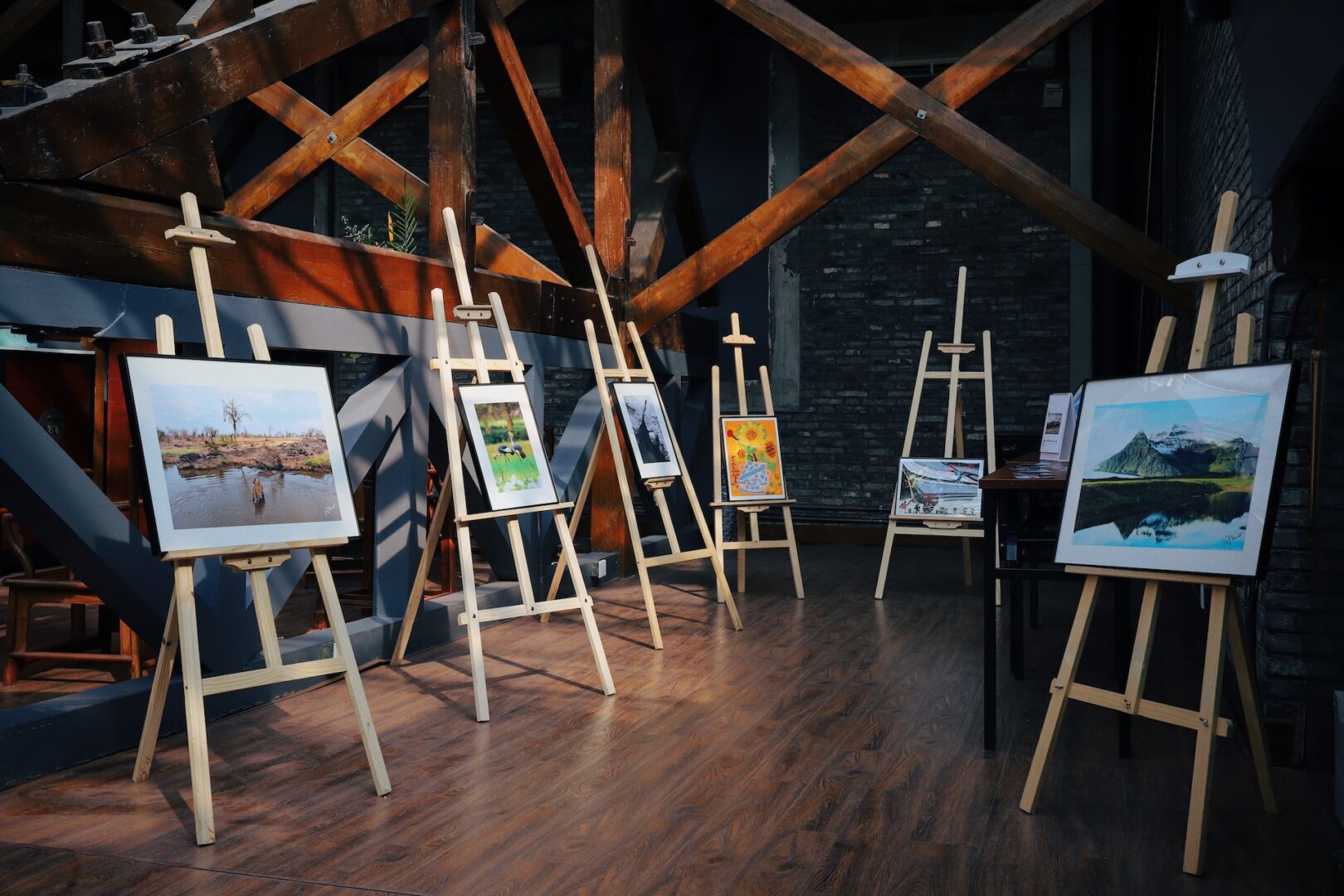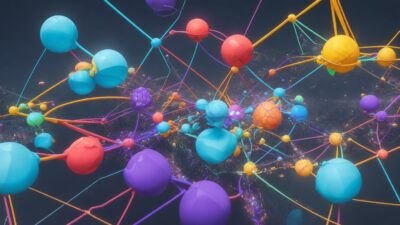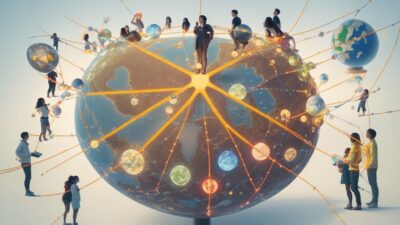Fusing NFT Platforms with Traditional Auction Houses for Digital Art Sales

Introduction
The art market is witnessing a remarkable shift with the emergence of non-fungible tokens (NFTs) and blockchain technology. Conventional auction houses are now forging alliances with NFT platforms to tap into this burgeoning trend in digital art sales. This article delves into the rationale behind these collaborations and their influence on the art world.
The Advent of NFTs in the Art Market
Non-fungible tokens have grown in popularity as a method to authenticate the ownership and origin of digital art pieces. NFTs hold the potential to reshape the art industry by offering artists innovative ways to monetize their creations and granting collectors access to distinctive digital assets.
Conventional Auction Houses and NFT Platforms
Numerous prestigious auction houses have begun partnering with NFT platforms to present digital artworks for sale. These collaborations offer mutual benefits, as conventional auction houses can broaden their range of items, while NFT platforms gain access to a well-established clientele and the prestige linked to these institutions.
Prominent Collaborations
- Christie’s and MakersPlace
- Sotheby’s and Nifty Gateway
- Phillips and Portion.io
Advantages of the Partnerships
Cooperations between conventional auction houses and NFT platforms provide several perks for both parties involved:
- Enhanced Visibility for Digital Artists
- Wider Customer Base
- Augmented Credibility for NFT Platforms
- Novel Revenue Sources
Hurdles and Critiques
Despite the potential advantages, these cooperations also encounter specific challenges and criticisms, such as:
- Authenticity and Provenance Issues
- Ecological Impact
- Doubts from Traditional Art Collectors
Conclusion
As the art world continues to adopt digital advancements, cooperations between NFT platforms and conventional auction houses are becoming increasingly prevalent. These partnerships deliver numerous benefits for both parties, but they also come with a set of challenges and critiques. As this trend progresses, it will be fascinating to observe how the art market adapts to the escalating prominence of NFTs and digital art.




